Why consider remote development? Because it makes good business sense! The software industry has changed in multiple ways. Many of these changes came in the aftermath of the pandemic of 2020. Developers of software were silent fighters during these times of need. They delivered high-quality and mission-critical software products to answer fresh challenges. Not only did they help there, but software development itself helped many companies ride out a digital transformation and emerge with a competitive edge.
The comeuppance of remote work has witnessed an exponential increase in the productivity and output of software developers. In light of this, companies that once maintained fully staffed office quarters now augment their output with remote programmers and developers. Software companies especially have much to gain. Those not adopting the trend stand to lose ground. We share some reasons why.
Why is Remote Development a Better Option Now Than Ever Before?

1 – Decreased Hiring Costs
Hiring developers for remote work is less expensive than developing and maintaining in-house teams since one saves money on office space, power costs, and computing equipment.
Furthermore, the majority of emerging countries have lower corporate tax rates than wealthy countries. As a result, having a virtual crew allows you to save significantly on salary taxes.
Another way a remote software development team saves money: through diminished commuting costs. Moreover, when you hire for remote work, you don’t have to spend money on onsite interviews and fly people to your office for just an interview. Cutting this expense can be a game-changer, and your hiring outlays decrease accordingly.
2 – Enhanced Collaboration Infrastructure
Since the pandemic, businesses have seen an exponential increase in the use of collaboration tools. Today we have an array of conveniences to keep us connected to our teams around the clock, around the world. These include business instant messaging apps, video conferencing solutions, shared storage spaces, and other tools that make working remotely much more manageable.
If you leverage all this collaboration infrastructure efficiently enough, you’ll likely not feel that you are missing anything. Working remotely becomes the best option today, as you have significant collaboration infrastructure, and all of it is easy to implement.
Setting up meetings, conferences, audio calls, and events become simple matters with the many options that are available now.

3 – Extensive Pool of Developers
Remote development lets you tap an extensive pool of developers. When you hire onsite developers, you are often restricted by geographical boundaries. That limits your options. But when you go remote, you can find developers from around the world and hire from anywhere.
While there are plenty of developers in emerging countries, the domestic marketplace suffers from a shortage of developers. This imbalance drives up prices here at home. But the situation can be remedied with remote development. You can save up to 50 percent on each remote hiring.
Choosing remote development also helps companies to go global and experience different cultures. This makes for better diversity and promotes inclusion in the workplace.
4 – More Productivity
The quality of code a developer writes is directly proportional to how well he can focus. To focus well, many developers prefer working in a quiet, relaxed, and undistracted atmosphere.
Remote development allows software developers to be more creative and focused by removing environmental disturbances. It helps them finish more work in less time.
All these things allow you to build and effective remote teams and help you achieve your product goals. When developers are productive, they write better code, and with fewer bugs, too, so you can deliver software faster.
5 – Easy-to-Retain Talent
A remote software development team will most likely stay with your organization longer than an onsite staff. One of the primary reasons for this is that software engineers are more at ease with balancing work and life.
The autonomy of working from home supplies a huge perk for workers. Team members remain loyal longer when they know the advantage of flexibility in their hours. They strike a healthy balance between family time, personal time, and professional time.
Remote teams have a sense of ownership and can go on long stretches of work comfortably when the need arises. Moreover, you don’t need to manage each team member individually to get the work done; they’ll take it as their responsibility and get it done quickly.
Also Read : How Much Does a Website Cost?
Remote working, with its advantages to the worker, incentivizes workers to take courses and become specialists in their field, a tendency that benefits your projects overall.
6 – Reduced Failure Rate
When you form a remote team, you still keep control over the process. The dedication of today’s remote developers means your failure rate goes down.
As previously observed, when developers have more freedom and enjoy remote working alternatives, their productivity increases, giving them a sense of ownership over their projects. Satisfied workers feel more attachment to the success of their efforts, which motivates them to work yet more to improve things. When development teams achieve these rhythms, the value becomes apparent to any business owner.
Attrition is lesser in remote teams as the teams stay satisfied, and this ensures that your projects do not get sidelined while you are finding new developers to fill the open slots.
If your company has not started remote development, this could be the year you tap into this trend. Plenty of reasons exist for taking a crack at remote development. Will your competitors make the move before you do? It’s not too late to take that first step.








 Neil Patel on Originality to Stand Out
Neil Patel on Originality to Stand Out


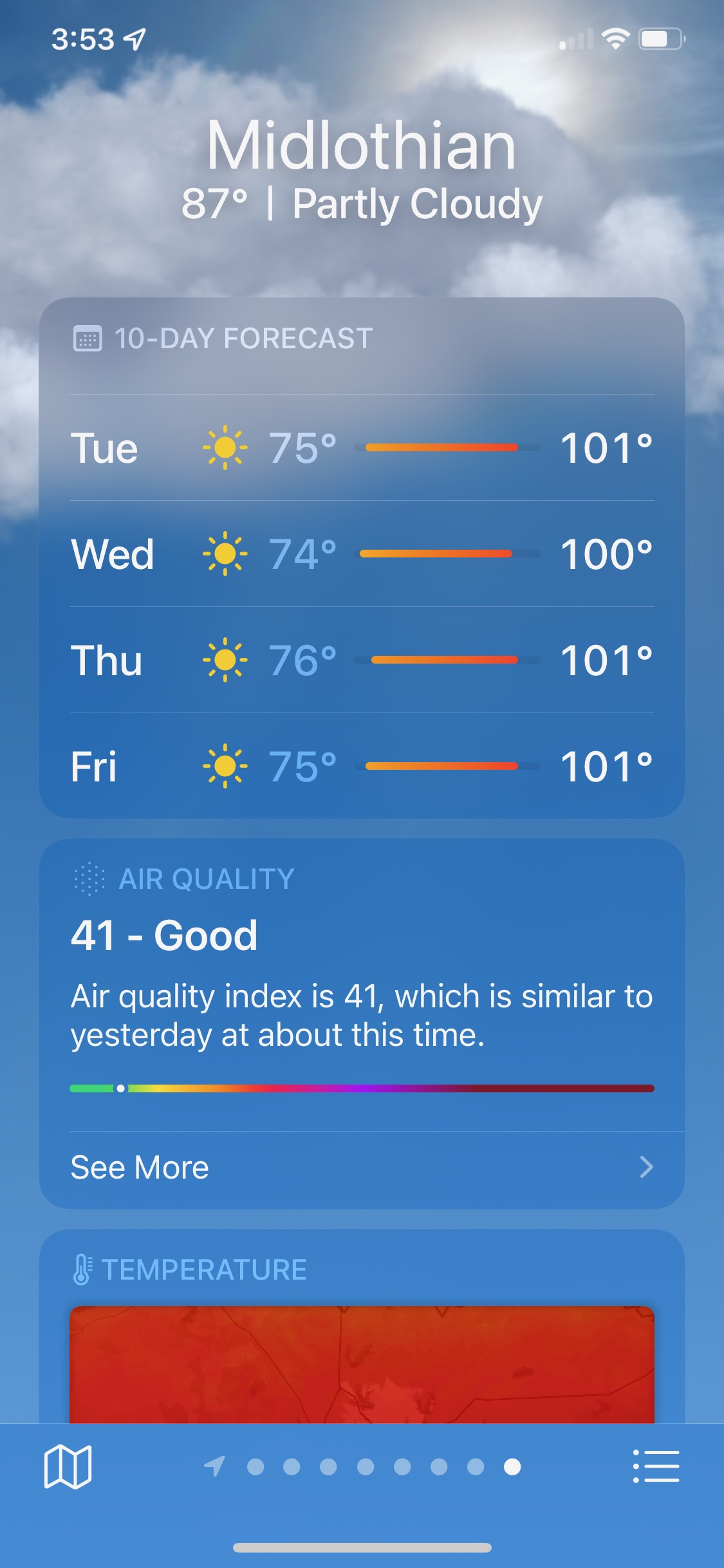





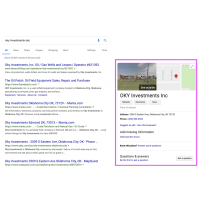
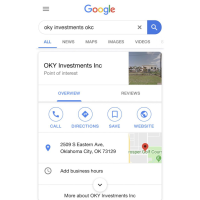

 After you verify your listing, you will see additional features that are available only to verified businesses. Here are some suggestions for getting the most out of Google’s business panel.
After you verify your listing, you will see additional features that are available only to verified businesses. Here are some suggestions for getting the most out of Google’s business panel.
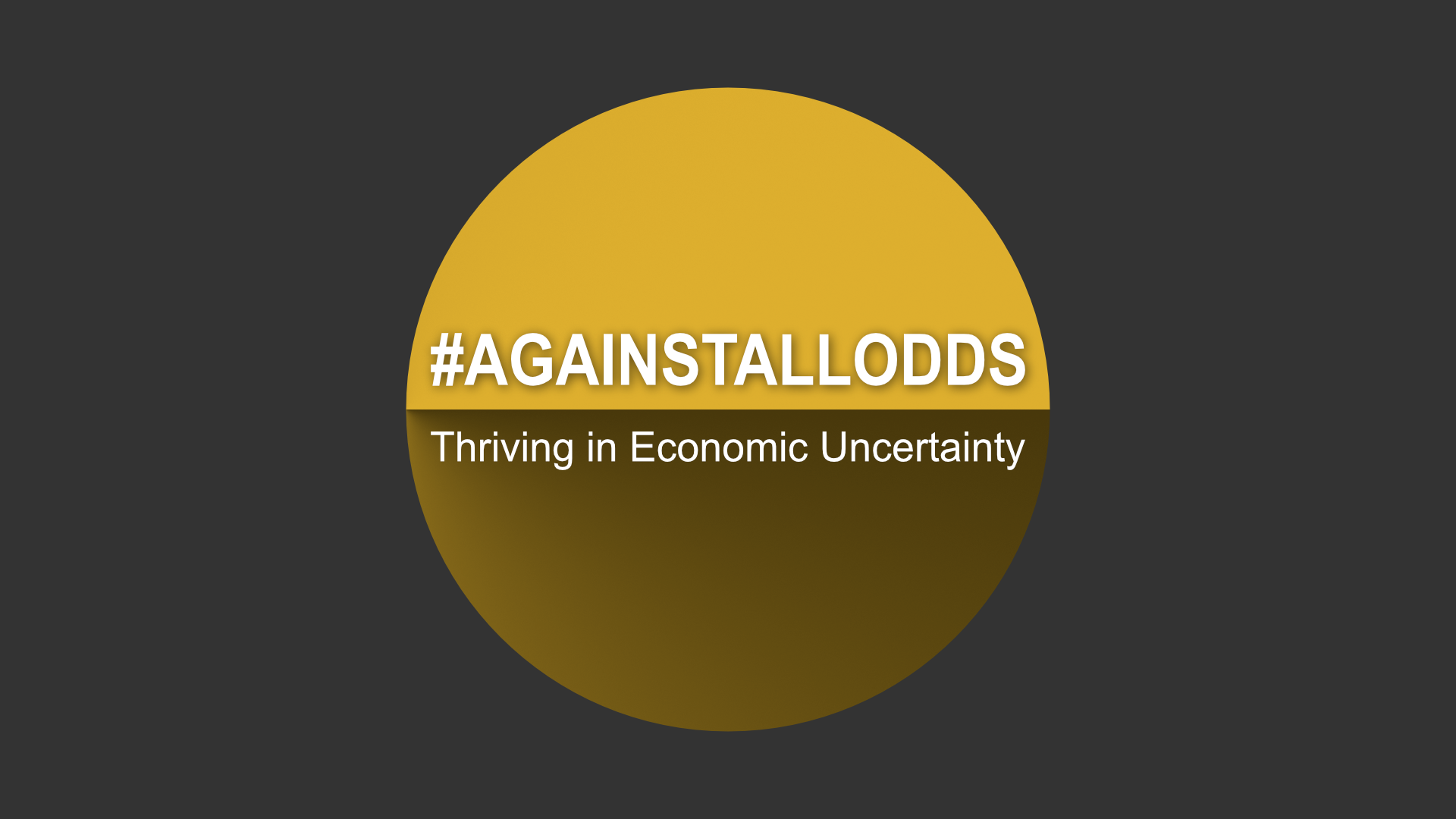






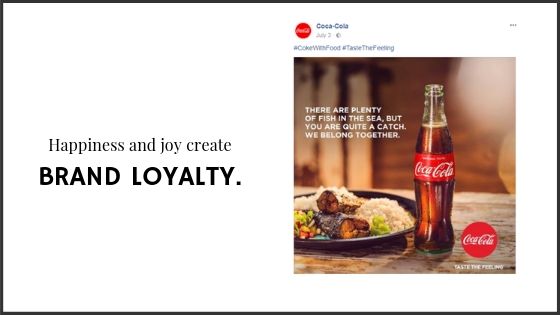 Basic Emotion 1: Happiness
Basic Emotion 1: Happiness Basic Emotion 2: Sadness
Basic Emotion 2: Sadness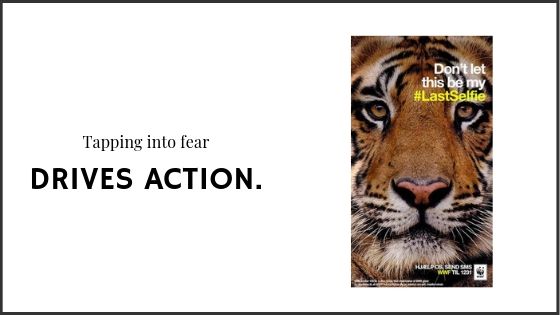 Basic Emotion 3: Fear
Basic Emotion 3: Fear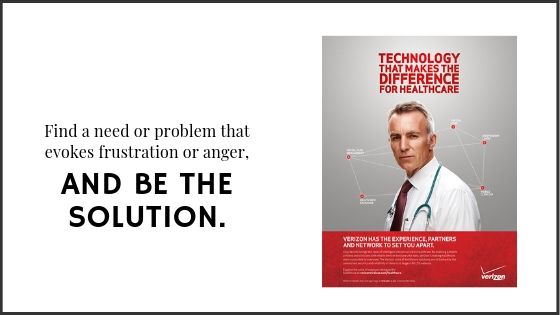 Basic Emotion 4: Anger
Basic Emotion 4: Anger